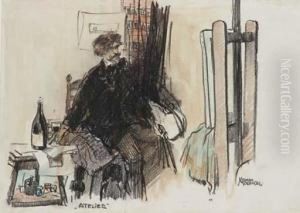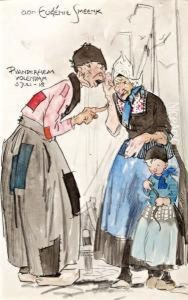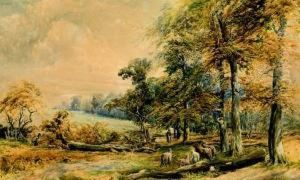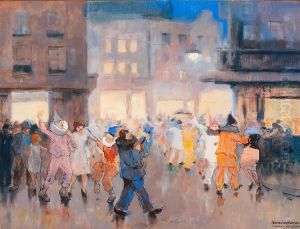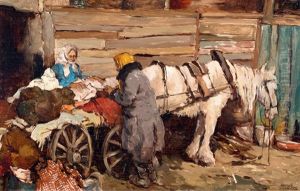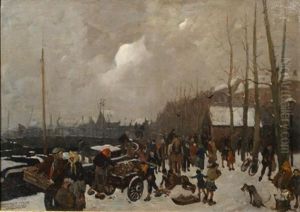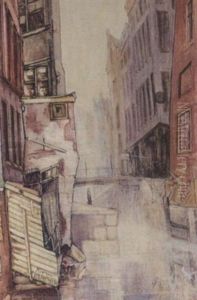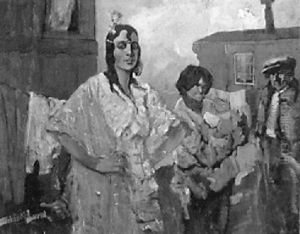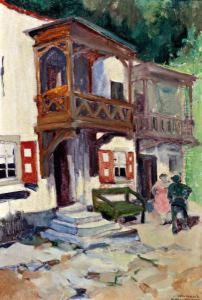Herman Moerkerk Paintings
Herman Moerkerk, born Hermanus Johannes Moerkerk on February 6, 1879, in 's-Hertogenbosch, Netherlands, was a Dutch painter, draftsman, and illustrator known for his diverse works which included landscapes, cityscapes, portraits, and caricatures. His style was varied, ranging from impressionistic to more detailed and realistic depictions.
Moerkerk began his artistic education at the Royal School of Art and Design in 's-Hertogenbosch, where he was born. He later continued his studies at the Rijksakademie in Amsterdam, where he was under the tutelage of prominent artists of the time, such as August Allebé and Antoon Derkinderen. This period was crucial in shaping his artistic direction and honing his skills in various media.
Throughout his career, Moerkerk was a prolific artist and his works were well-received. He worked as an illustrator for various newspapers and magazines, which was a common practice for artists at that time to sustain a living. His illustrations and cartoons were known for their satirical and often humorous nature, reflecting his keen observation of society and ability to capture the essence of his subjects with wit and clarity.
In addition to his illustration work, Moerkerk was also committed to his fine art practice. He painted numerous portraits, which were notable for their psychological depth and the ability to capture the personality and mood of the sitters. His landscapes and cityscapes depicted the Dutch countryside and urban environments with sensitivity to light and atmosphere, showing his connection to the tradition of Dutch landscape painting.
Moerkerk's career was not just limited to painting and illustration; he was also a respected teacher. He shared his knowledge and skills with a new generation of artists, ensuring the continuation of the Dutch artistic heritage. His influence extended beyond his own works and into the contributions of his students.
Herman Moerkerk passed away on June 1, 1949, in Haarlem, Netherlands. His legacy is preserved in the collections of various Dutch museums and in the works of the students he taught. His diverse body of work continues to be appreciated for its artistic merit and historical value, providing insight into Dutch culture and society during his lifetime.
